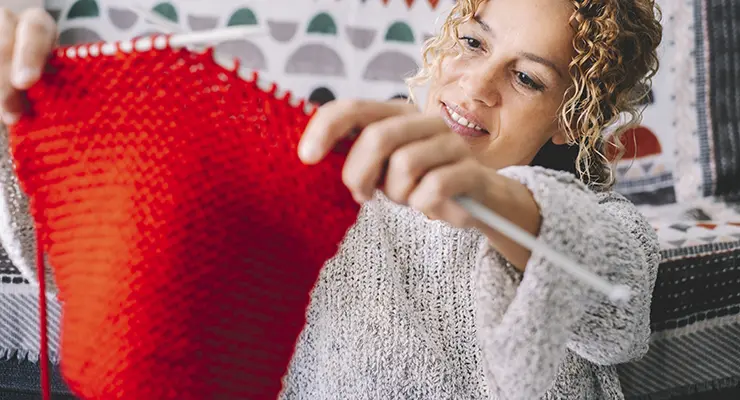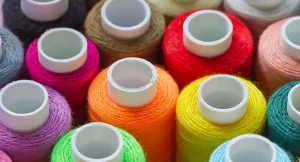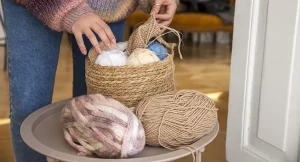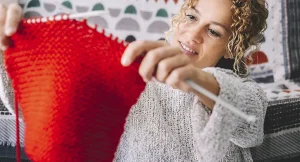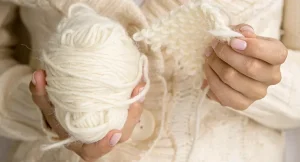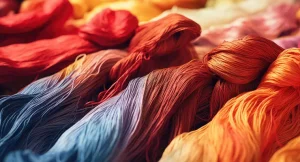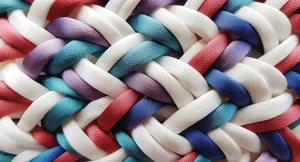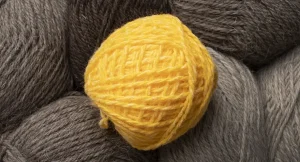Yarn quality is crucial for the durability, appearance, and overall performance of your final product. High-quality yarns ensure better results in your projects. As Fold Yarn, we would like to share some tips to help you assess yarn quality.
Touch and Appearance
The simplest way to assess the quality of yarn is to pay attention to its touch and appearance. A soft, smooth, and even texture is an indicator of high-quality yarn. If the yarn has knots, fuzz, or irregular thickness, it may indicate low quality.
Fiber Structure
The fiber structure of the yarn is an important factor in determining its quality. Long, fine, and even fibers are signs of high-quality yarn. Short and coarse fibers indicate lower quality yarns. Proper twisting of the fibers is also important; loosely or irregularly twisted yarns typically indicate lower quality.
Strength and Flexibility
High-quality yarns should be strong and flexible. You can test the strength by gently pulling the yarn. High-quality yarns are resistant to pulling and do not break easily. Additionally, the flexibility of the yarn is important; flexible yarns perform better in your projects.
Color and Dyeing Quality
The color of the yarn plays an important role in evaluating its quality. Vibrant and uniform color distribution is indicative of high-quality dyeing process. Fading or inconsistencies in colors indicate poor quality dyeing process. Additionally, it’s important to check whether the yarn retains its color after washing.
Production Standards
The production process of yarns directly affects their quality. High-quality yarns undergo rigorous quality control processes and are produced in accordance with international standards. The reliability of the manufacturer and quality certifications should also be considered when evaluating the quality of yarn.
Suitability for Intended Use
The quality of the yarn is also determined by its suitability for the intended use. Choosing the yarn that is suitable for your project ensures you achieve the best results. For example, polyester yarns are preferred for projects requiring durability, while cotton yarns are preferred for projects requiring softness and a natural feel.
Conclusion
Evaluating yarn quality is the key to achieving successful results in your projects. By paying attention to factors such as touch, appearance, fiber structure, strength, color, and production standards, you can select high-quality yarns. At Fold Yarn, we take pride in providing the best yarns with our commitment to quality. Take your projects to the next level with our high-quality yarns.
